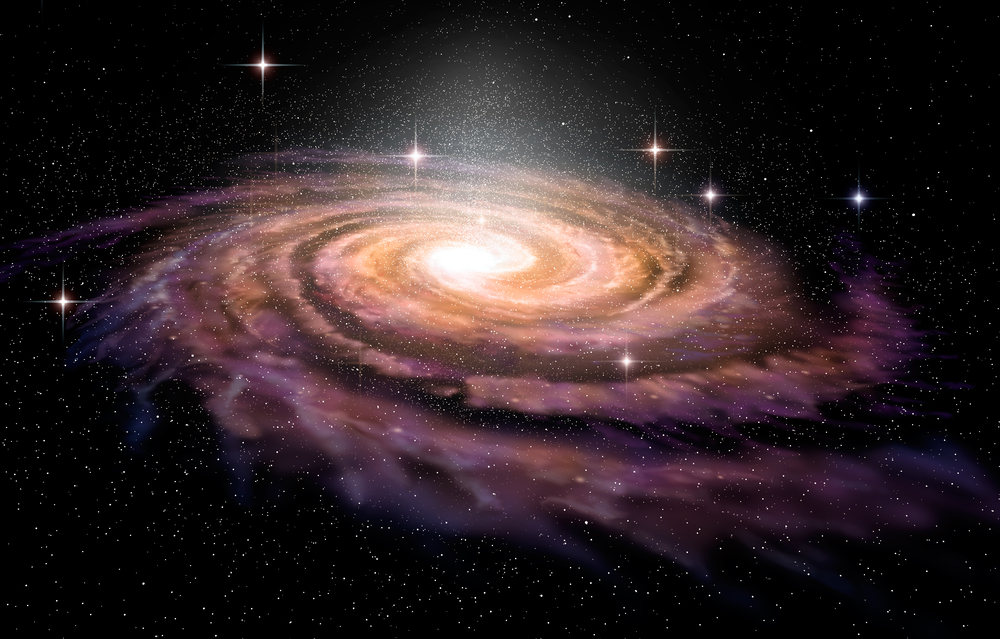
Massive stars are nothing like your car keys or phone, and they certainly don’t just disappear. They’re not going to end up in the washing machine or disappear under a pile of mail on your kitchen counter. However, a massive star that was spotted by astronomers a decade ago is now missing.
The star, in the very final stages of its existence, was shining brightly between 2001 and 2011, when different teams of astronomers were periodically observing it to gain more information about how the stars end their lives. But in the data gathered in 2019, the signature of the star was totally absent.
They the mystery got even deeper. As researchers looked back at the data collected from 2011 and 2016, searching for an explanation as to the disappearance of the star, its light was present in the former, but it was absent in the latter. Miraculously, after 2011, the star disappeared without a trace.
And there’s a very interesting possibility-that the star collapsed into a black hole, without a supernova that was previously assumed to be a necessary component of such events. “If true,” said astrophysicist Andrew Allan of Trinity College Dublin in Ireland, “this would be the first direct detection of such a monster star ending its life in this manner.”
It’s a bit difficult to figure out exactly what happened, though. It all went down in a dwarf galaxy called PHL 293B, 75 million light-years away. At such a distance, it’s impossible to make individual stars. We just don’t have the technology. There is, however, a type of star called a luminous blue variable that has a distinctive light signature. Such stars are massive— on a supergiant or hypergiant scale — and at the end of their lives. As such, they are incredibly bright and unstable, and their light can vary significantly, both in brightness and intensity, as they undergo outbursts and eruptions.
This signature was present in the earlier observations of the dwarf galaxy, suggesting a star between 2.5 and 3.5 million times as bright as the Sun. Therefore, when the team switched all four of the Very Large Optical Telescopes of the European Southern Observatory to PHL 293B in August 2019, the absence was unexpected. “It would be highly unusual for such a massive star to disappear without producing a bright supernova explosion,” Allan said.
Nevertheless, in recent years, evidence has started to appear that stars can indeed collapse directly into black holes without undergoing a supernova explosion. In 2017, a paper was published on a similar experience in a galaxy 22 million light-years away-showing a red giant star that unexpectedly brightened before blinking out of existence, leading scientists to conclude that the star had experienced a failed supernova before it collapsed.
Based on their observations, the team believes that the PHL 293B star was in an eruptive state between 2001 and 2011. There are two main possibilities from this point forward. The first is that the star grew slightly dimmer, covered in a cloud of dust as it ejected material into the space around it, much like the dust cloud that obscured the red giant star of the Milky Way Betelgeuse earlier this year.
In this situation, the star could have continued to erupt behind its cloud of dust-we just can’t see it because, well, the cloud of dust. Near-infrared observations between 2009 and 2019 ruled out a cloud of hot dust, but mid-infrared observations that could confirm or rule out cooler dust have yet to be made, so this scenario is still very much on the table.
In the other scenario, the eruption may have been the star’s death throes, ending unexpectedly at some point after 2011, when the star collapsed into a black hole. If the star had an initial mass between 85 and 120 times that of the Sun- just below the range of the pair-instability supernova, in which the star is blown to smithereens rather than collapsing. It is not impossible that the star underwent an undetected supernova, but such a massive star as a luminous blue variable will be expected to produce a supernova that shines in the sky for at least five years after the kaboom.
“We may have detected one of the most massive stars of the local Universe going gently into the night,” said astrophysicist Jose Groh of Trinity College Dublin.
However, it’s impossible to know for sure with the current data. Perhaps future observations across a range of wavelengths will shed light on the mystery of the missing star.
The research has been published in the Monthly Notices of the Royal Astronomical Society.













































1 thought on “A Massive Star Is Missing From a Distant Galaxy, And No One Knows Where It Went”
there were these three ships pointed at the star and were shooting what looked like rockets they were in a triangle configuration shooting the star. I watched it till my neck started to hurt freaky stuff was amazed now knowing that we are not alone. this is why you don’t see this star anymore wish I had a video telescope do they make them